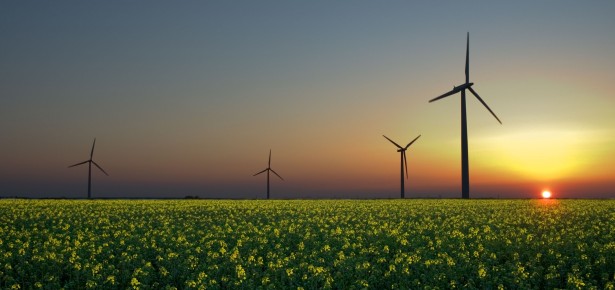
The Environmental Protection Agency’s (EPA) Clean Power Plan at first glance seems to reflect a sea change in America’s climate policy under the Obama administration. Unfortunately the impact of the Clean Power Plan will be less than advertised.
While the rule was the product of an arduous process (over four million comments), it’s but a milestone on the way. The rule must be implemented, monitored and enforced. States are required to submit plans, but can ask for extensions through 2018. Then the states have to implement those plans, and if they fail to do so, the EPA has to exercise its authority under the Clean Air Act (which is the legislation enabling the rule) to impose a plan on recalcitrant states. The plans don’t actually go into effect until 2022.
The actual impact of the Clean Power Plan has been exaggerated, due to some sleight of hand by the Obama Administration
Well before this impasse will be reached, the Clean Power Plan will have completed its journey through the Federal Courts. As soon as the rule is printed in the Federal Register in October a number of states plan to contest its legitimacy. These cases will be consolidated in the District of Columbia Court of Appeals. However the DC Court rules, there will be an appeal to the Supreme Court. The process may take three to four years before the Supreme Court issues a decision. So the legal fate of the rule likely won’t be determined until 2019. If the DC Court declines to issue a stay, the rule will remain in effect during this time period.
Meanwhile the United States will be engaged in the election of a president. A Republican victor is almost certain to appoint a new head of the EPA, whose first order of business will be to attempt to rescind the Clean Power Plan. A new Democratic president will support the Plan, but in all likelihood face a Republican Congress that will try to strip funding from the agency and its ability to enforce the plan. So the political fate of the rule is highly uncertain.
The actual impact of the Clean Power Plan has been exaggerated, due to some sleight of hand by the Obama Administration. The White House press release claimed a commitment to reduce CO2 emissions by 32 percent from 2005 levels by 2030. However, this goal included the reduction of emissions from generation plants since 2005. So the effective reduction is approximately 20 percent from current levels of CO2 emissions from power plants, but only 7 percent of all American CO2 emissions by 2030.
Some of this reduction will occur independently of the Clean Power Plan. The EPA has enacted a series of rules that will force a substantial portion of the coal generation fleet to retire in the next few years. Shale gas reserves will keep natural gas prices low enough to make it difficult for inefficient coal plants to compete. The continued expansion of wind resources, due to the production tax credit, has reduced the earnings of coal fired plants. Thus, even without the Clean Power Plan, coal’s share of generation is expected to decline over the indefinite future.
However, the Clean Power Plan, even if it is eventually overturned, will encourage CO2 emission reductions in a number of ways. The legal uncertainty will discourage investment in coal fired generation. Many states will establish plans to meet the mandates of the rule, and may continue to implement these plans even if federal coercion is removed. States will also be encouraged to participate in existing carbon markets, and to establish new ones. The Plan will also help keep the issue of climate change in the public’s eye.
The fatal flaw of the Clean Power Plan, if it survives the inevitable legal challenges, is that for legal reasons, it is poorly designed. To be fair to the Obama administration, the optimal strategy, a combination of carbon taxes and incentives to encourage the maximum implementation of cost effective energy efficiency, is simply impossible to implement. The EPA’s authority is over the emitters of CO2, and not final consumers of electricity. Congress will not consider a carbon tax nor changes that would permit federal government intervention into retail electricity sales and consumption. So the Clean Power Plant is more a patch than a solution. It is a step on the road to a solution, but there is a long way to travel.
Latest Comments
Have your say!